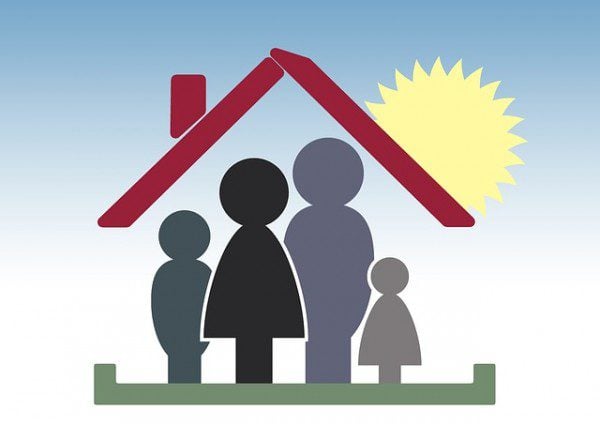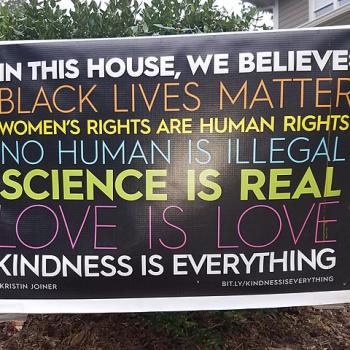 If you follow this sequence, exactly, in this order, there is only a 3% chance that you will become poor:
If you follow this sequence, exactly, in this order, there is only a 3% chance that you will become poor:
(1) Graduate from high school.
(2) Get a job.
(3) Get married.
(4) Have children.
If you omit any of these steps or if you do them in a different order (such as have children before you get married), your chances of becoming poverty-stricken skyrocket.
A recent study demonstrates the validity of this “success sequence” and goes on to observe that large numbers of today’s young adults are not following it and are experiencing the consequences.
After the jump, George Will discusses the findings.
From George Will, Listen up, millennials. There’s sequence to success. – The Washington Post:
Among today’s young adults, the “success sequence” is insurance against poverty. The evidence is in “The Millennial Success Sequence” published by the American Enterprise Institute and the Institute for Family Studies and written by Wendy Wang of the IFS and W. Bradford Wilcox of the University of Virginia and AEI.
The success sequence, previously suggested in research by, among others, Ron Haskins and Isabel Sawhill of the Brookings Institution, is this: First get at least a high school diploma, then get a job, then get married, and only then have children. Wang and Wilcox, focusing on millennials ages 28 to 34, the oldest members of the nation’s largest generation, have found that only 3 percent who follow this sequence are poor.
A comparably stunning 55 percent of this age cohort has had children before marriage. Only 25 percent of the youngest baby boomers (those born between 1957 and 1964) did that. Eighty-six percent of the Wang-Wilcox millennials who put “marriage before the baby carriage” have family incomes in the middle or top third of incomes. Forty-seven percent who did not follow the sequence are in the bottom third.
One problem today, Wilcox says, is the “soulmate model of marriage,” a self-centered approach that regards marriage primarily as an opportunity for personal growth and fulfillment rather than as a way to form a family. Another problem is that some of the intelligentsia see the success sequence as middle-class norms to be disparaged for being middle-class norms. And as AEI social scientist Charles Murray says, too many of the successful classes, who followed the success sequence, do not preach what they practice, preferring “ecumenical niceness” to being judgmental.
In healthy societies, basic values and social arrangements are not much thought about. They are “of course” matters expressing what sociologists call a society’s “world-taken-for-granted.” They have, however, changed since President Lyndon B. Johnson proclaimed “unconditional” war on poverty. This word suggested a fallacious assumption: Poverty persisted only because of hitherto weak government resolve regarding the essence of war — marshaling material resources.
But what if large causes of poverty are not matters of material distribution but are behavioral — bad choices and the cultures that produce them? If so, policymakers must rethink their confidence in social salvation through economic abundance.
[Keep reading. . .]
Illustration from Pixabay, CC0, Public Domain
 If you follow this sequence, exactly, in this order, there is only a 3% chance that you will become poor:
If you follow this sequence, exactly, in this order, there is only a 3% chance that you will become poor:












